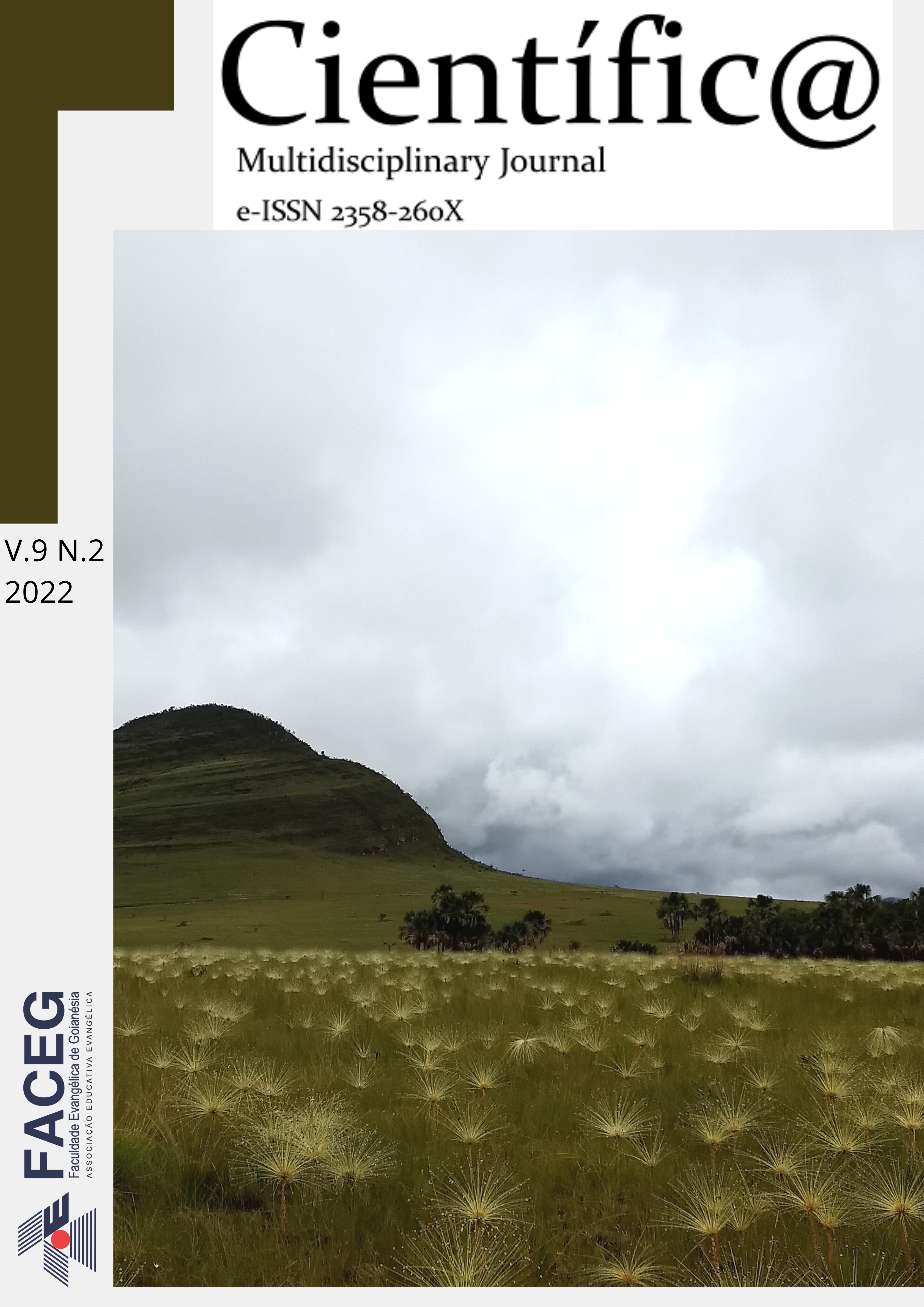LIGTH AND TRADITIONAL JELLY WITH DIFFERENT BEET CONCENTRATIONS
DOI:
https://doi.org/10.37951/2358-260X.2022v9i2.6238Abstract
The objective of this work was to evaluate the manufacture of light and traditional jam with different concentrations of beet. In search of quality of life and health, people are increasingly developing healthy plant-based foods. Beetroot (Beta vulgaris L.) has nutritional properties such as vitamin A, B1, B2, B5 and C, due to its high concentration of iron, it is indicated in anemia treatments. Eight samples of jellies, four light jellies and four traditional jellies were produced with different concentrations of beet (100%, 70%, 50% and 25%). Physicochemical analyzes of the samples (pH, humidity, ash, soluble solids (ºbrix) and sensorial analysis) and microbiological tests (total coliforms and thermotolerant coliforms) were performed. The data from the physical-chemical analyzes were tabulated and submitted to the Tukey test (5%) of probability and the data from the microbiological analyzes were tabulated and expressed in a descriptive way. The pH, moisture, ash, soluble solids and sensory analysis were 5.40, 78.16%, 0.61%, 13.42 g.100g-1 and 73%, respectively. Statistically, there was no difference in the treatments in the pH analysis, since the moisture obtained results with a significant difference. The ash analysis showed superior results for the 75% light jelly, indicating that it has a high value of minerals in its composition compared to the other treatments. For soluble solids results (ºbrix) there was no statistically significant result. The acceptability index (AI) carried out to the public with 74.17% for the traditional jelly 50%, being the most accepted. The result of the microbiological analyzes did not show contamination by total coliforms and thermotolerant coliforms, being in accordance with the parameters established by Brazilian legislation. It is concluded that the production of beet jelly is a technically viable alternative and that the traditional sample with 50% was the most accepted by the tasters.
Downloads
Published
How to Cite
Issue
Section
License
Esta revista oferece acesso livre imediato ao seu conteúdo, seguindo o princípio de que disponibilizar gratuitamente o conhecimento científico ao público proporciona maior democratização mundial do conhecimento.
A partir da publicação realizada na revista os autores possuem copyright e direitos de publicação de seus artigos sem restrições.
A Revista Científic@ - Multidisciplinary Journal segue os preceitos legais da licença Creative Commons - Atribuição-NãoComercial 4.0 Internacional. 

